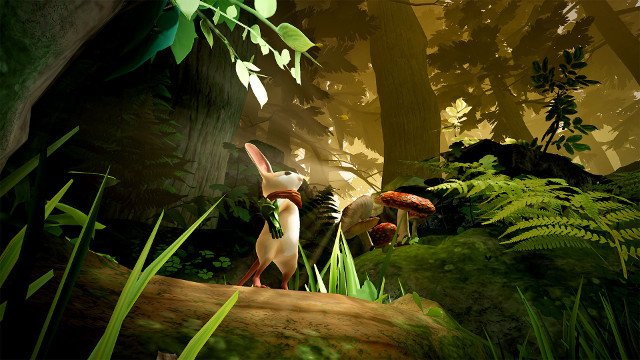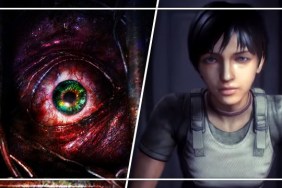During the final day of E3 I stopped by Polyarc’s small booth in the Concourse Hall. Similar to my appointment with Frontier Developments for Elite: Dangerous, the meeting was intimate, allowing me to play its upcoming VR game titled Moss while speaking directly to one of its creators. Despite having checked out several Microsoft games earlier, Moss was the highlight of my Thursday.
Moss stars a…











